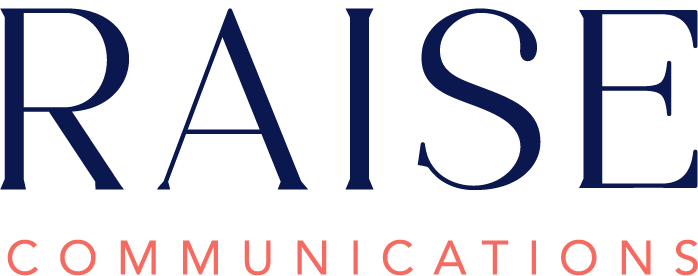Use This To Get More ROI from Your Comms Budget
You made the decision to invest in PR. You are ready for your company’s story and your unique point of view to become part of the media conversation.
Even with a strong upfront strategy in place, the speed of business today can cause the most well planned PR efforts to run off course – from time wasted on opportunities that are not well aligned to your business goals, to poor message discipline that could ultimately result in unflattering media exposure.
A useful tool to keep your team aligned is a PR Message Map, a framework that we use to organize the building blocks of your message strategy along 4 levels of increasing detail. Serving as your company’s core message, Level 1 is a succinct and deliberately stated message that effectively tells the world who you are, regardless of media outlet or spokesperson.
From there, Level 2 messages are a derivative of your core message, but typically organized by target audience and built around repeatable points of differentiation that you want to consistently deliver to these groups.
Level 3 is how you begin to tie your core messages to the types of trends and stories that are getting coverage. These “door openers” demonstrate to reporters how your story relates and adds to the topics that are making headlines.
And finally, Level 4 messages should be made up of a carefully curated set of data points, proof points, and case studies (approved for use in the media) that ultimately serve to differentiate you from the many others looking to break through the noisy media landscape. What is your unique contribution to the conversation? Why you? Why now?
To ensure your message map infuses the intended discipline into your comms efforts, consider linking it to the agenda for all of your marketing meetings. Use it as a regular reminder for leaders or simply to evaluate the fit of media opportunities as they come up.
To learn more tips about how to maximize your PR strategy, check out the RAISE blog here.


